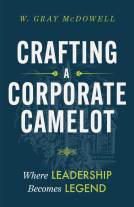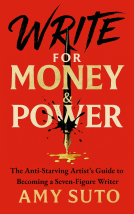
The City Dairy
A Social and Family History
by Dave Joy
This title was previously available on NetGalley and is now archived.
Send NetGalley books directly to your Kindle or Kindle app
1
To read on a Kindle or Kindle app, please add kindle@netgalley.com as an approved email address to receive files in your Amazon account. Click here for step-by-step instructions.
2
Also find your Kindle email address within your Amazon account, and enter it here.
Pub Date 30 Aug 2023 | Archive Date 3 Aug 2023
Pen & Sword | Pen & Sword History
Talking about this book? Use #TheCityDairy #NetGalley. More hashtag tips!
Description
The early nineteenth century witnessed the mass movement of people from Britain’s countryside into its burgeoning towns and cities; people came to the city in search of work. This prompted many dairy farmers to follow suit and move themselves, their family and their cows into the country’s growing metropolises, where they opened the first generation of city dairies.
In the 1830s, transportation in Britain was revolutionised by the coming of the railways, enabling foodstuffs, including milk, to be transported in bulk from countryside to city. Large dairy companies took advantage of this opportunity, opening a new generation of retail dairies. The demand for milk was so great that some cities boasted a dairy at the end of every street.
For the next hundred years the cowkeepers fought a rear-guard action against the mighty corporate dairies and their attempts to monopolise the liquid milk market. The cowkeepers continued to produce their own milk, selling it — ‘fresh from the cow’ — over the dairy counter and out on the milk round. These dairies were kept in the family, handed down through successive generations.
Despite surviving two World Wars, the rapid technological, social and economic changes that followed, brought about the demise of the traditional cowkeeper. But the city dairy continued as a family business, working as part of a national distribution network, overseen by the Milk Marketing Board. Out on the round, the family dairyman was almost indistinguishable from the corporate milkman.
The sixties and seventies saw the arrival of the Supermarket, a game-changer in retailing. To survive, the city dairy had to change once more. It expanded its offer and seamlessly joined the ranks of those other most British of institutions: the Corner Shop and the Convenience Store.
Available Editions
| EDITION | Paperback |
| ISBN | 9781399069014 |
| PRICE | £14.99 (GBP) |
Links
Available on NetGalley
Average rating from 6 members
Readers who liked this book also liked:
Jeff Fulmer
General Fiction (Adult), Politics & Current Affairs, Religion & Spirituality
Dr. David Guyer & Ian Keldoulis
Business, Leadership, Finance, Health, Mind & Body, Science
Amy Suto
Business, Leadership, Finance, Professional & Technical, Self-Help


















